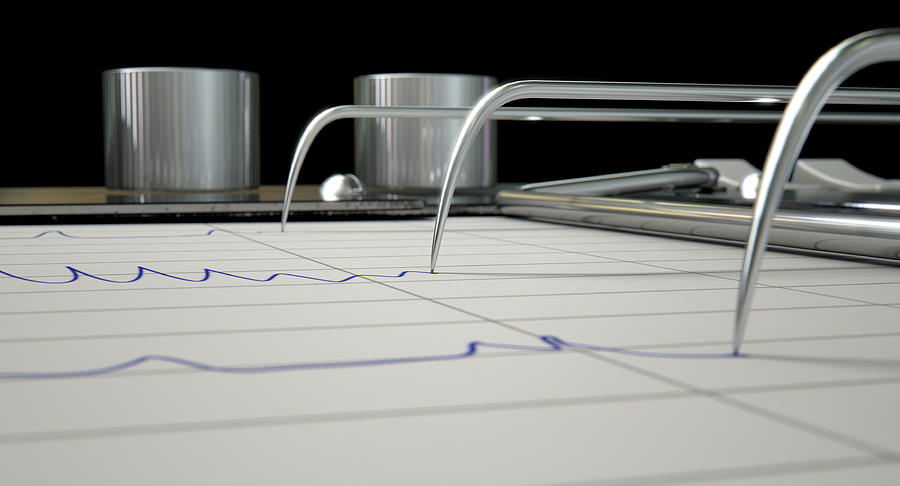Unveiling Truth: The Intriguing World of Lie Detector Tests
Unveiling Truth: The Intriguing World of Lie Detector Tests
Blog Article

In a world where honesty is both valued and often questioned, the use of lie detector tests has become a prominent tool in uncovering truths that may otherwise remain hidden. Also known as polygraphs, these tests offer a fascinating glimpse into the intersection of technology and human behavior, challenging individuals to remain authentic in the face of scrutiny. The journey into the intriguing world of lie detector tests unveils not only the science behind these examinations but also the ethical considerations that underpin their use in various contexts.
History of Lie Detector Tests
Lie detector tests, also known as polygraph tests, have a fascinating history that dates back to the early 20th century. The prototype of the modern polygraph machine was created by John Augustus Larson in the 1920s, marking a significant milestone in the development of lie detection technology.
Throughout the years, lie detector tests have been used in various settings, including criminal investigations, employment screenings, and national security assessments. Despite their controversial nature and varying levels of accuracy, polygraph tests have remained a prominent tool in assessing truthfulness and deception.
Over time, the technology behind lie detector tests has evolved, with advancements in sensors and data analysis techniques improving the reliability of the results. While polygraph tests are not admissible as evidence in all courts, they continue to play a role in certain legal proceedings and investigative processes.
How Lie Detector Tests Work
Lie detector tests, also known as polygraph tests, operate on the principle that physiological responses can indicate deception. When a person undergoes a lie detector test, several physiological parameters such as heart rate, blood pressure, respiration, and skin conductivity are measured.
Polygraph
The test begins with baseline questions to establish the individual's normal physiological responses. Then, the relevant questions pertaining to the issue being investigated are asked, with the aim of determining if the person is being truthful or deceptive.
During the questioning process, the polygraph machine records the person's physiological responses to each question. Any significant deviations from the baseline measurements can be indicative of deception according to the test's interpretation criteria.
Controversies Surrounding Lie Detector Tests
Lie detector tests have sparked intense debates among scientists, psychologists, and legal experts alike. Skeptics argue that these tests are not foolproof and can be influenced by various factors such as stress, anxiety, and individual differences in physiological responses. This has raised doubts about the accuracy and reliability of lie detector results, leading to disagreements over their admissibility in courtrooms.
Furthermore, critics point out that lie detector tests may not always distinguish between truth and deception accurately. The subjective interpretation of physiological signals by examiners can introduce biases and errors into the results, casting doubts on the scientific validity of these tests. The potential for false positives and false negatives has prompted concerns about the potential misuse and abuse of lie detector technology in law enforcement and other settings.
Ethical considerations also come into play when discussing the controversies surrounding lie detector tests. Privacy concerns, consent issues, and the potential for coercion in compelling individuals to undergo these tests have raised ethical red flags. As the debate continues, it remains crucial to weigh the benefits of using lie detector tests for security and investigative purposes against the ethical and scientific challenges they pose.
Report this page